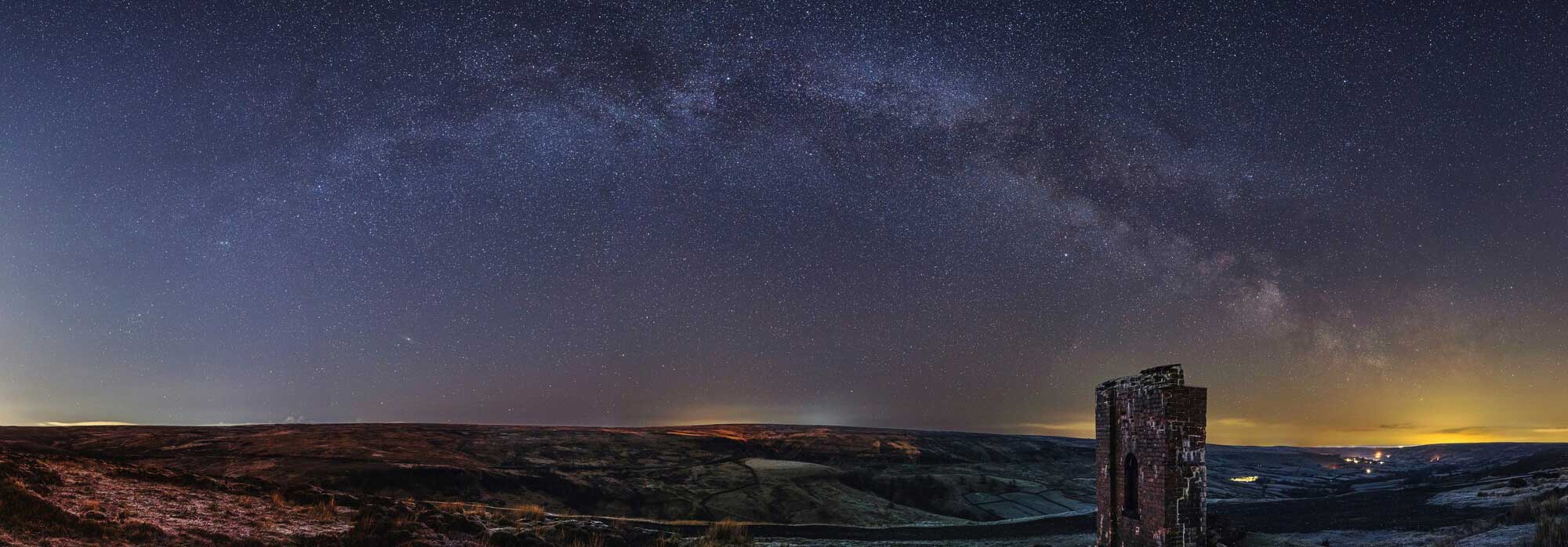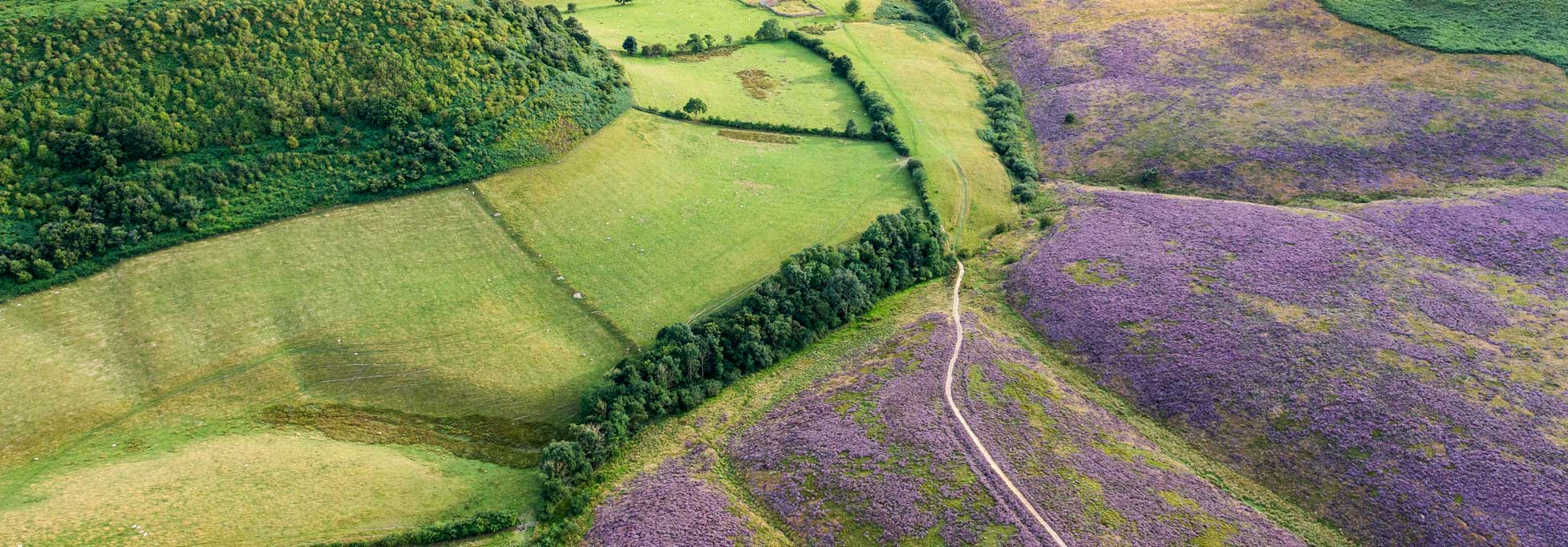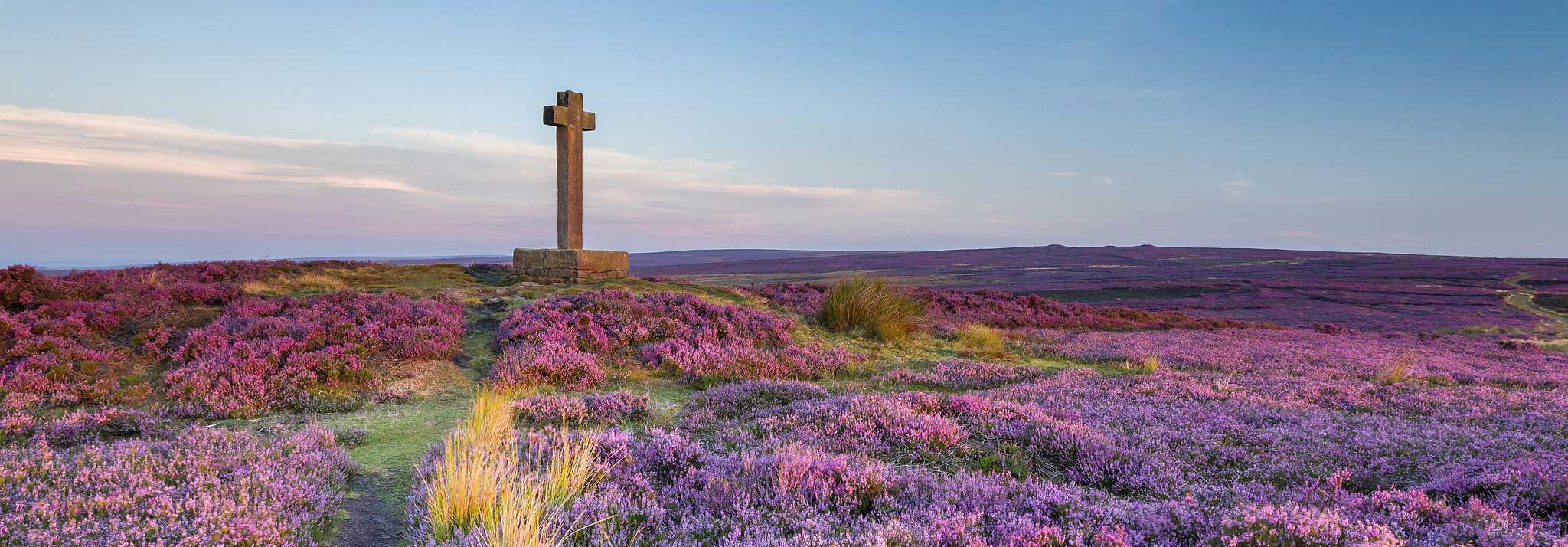A landscape rich in heritage and highly valued for its sense of remoteness and tranquillity
Objective 9
Increase the intrinsic darkness of the National Park International Dark Sky Reserve by expanding the current dark sky core zone by twenty percent by 2027.

Objective 10
Work to maintain and improve the sense of peace and tranquillity, including through the protection of its remotest areas.

Objective 11
Ensure that our historic environment is better understood, conserved, explained and under appropriate management; and work with partners to reduce the number of identified Designated Heritage Assets at Risk.

Why do we want to work towards this outcome?
The North York Moors was designated as an International Dark Sky Reserve in 2020, one of only nineteen in the world. The 2020 Local Plan for the North York Moors also introduced planning policies on tranquillity and the concept of ‘remote areas.’ Surveys of residents and visitors alike point to consistently strong feedback that people enjoy the ‘getting away from it all’ aspect of the National Park and value the peace, quiet and solitude that it offers.
It’s not until you’ve been somewhere like the North York Moors that you truly appreciate the beauty – and rarity – of a genuinely dark sky. To stand there, in the middle of a big field, with a huge sky above you, dwarfing you, pressing down on you under the weight of the stars.
Stuart Atkinson, author of the award-winning ‘Cat’s Guide to the Night Sky’
The North York Moors has an exceptionally rich history which contributes to the area’s unique identity. The quality of the historic environment appeals to residents who are attracted by the local architecture and picturesque villages as well as visitors who wish to learn more about its past. The Authority has a good track record of working with partners, which include Historic England and Forestry Commission, to tackle archaeology at risk and, with 32 percent of the scheduled monuments in the Yorkshire and Humber region found in the North York Moors, this has been a focus of the Authority’s work. Far fewer historic monuments and buildings are now classed as ‘at risk’ - down from 62 buildings and 332 monuments in 2012 to 36 buildings and 44 monuments in 2021 - and we would like to continue this work.
